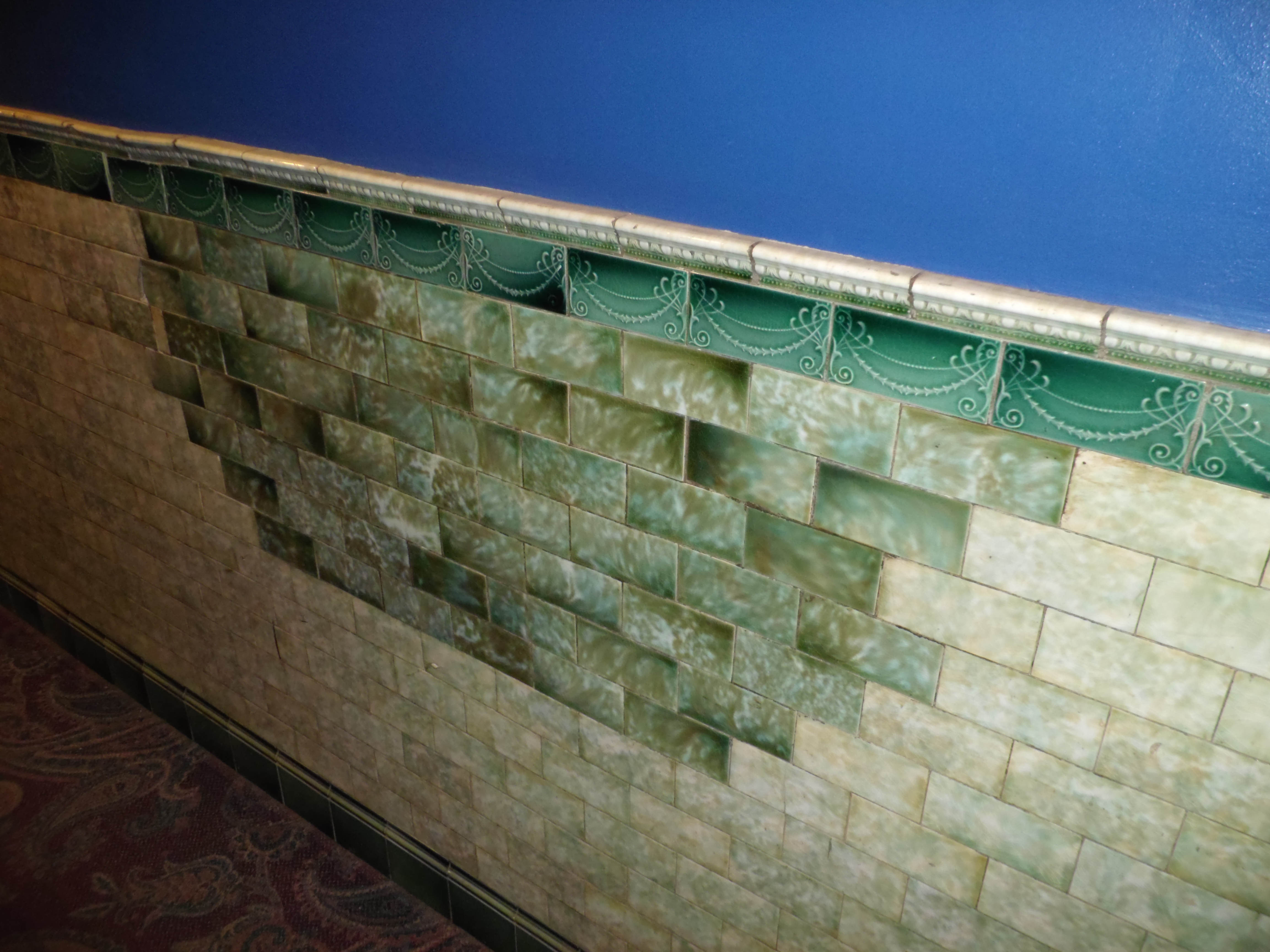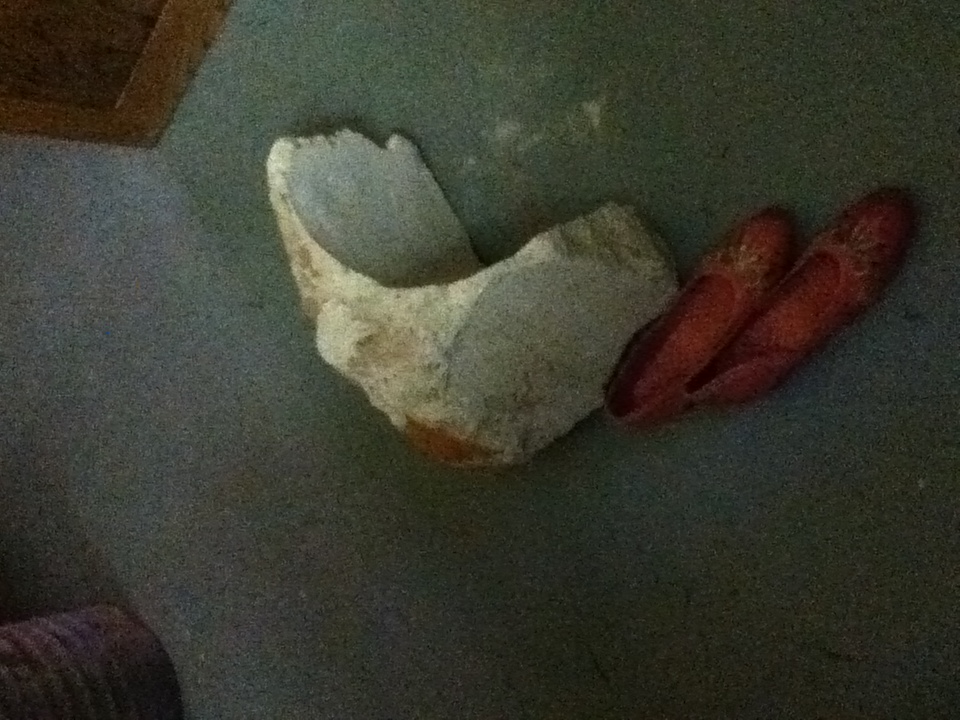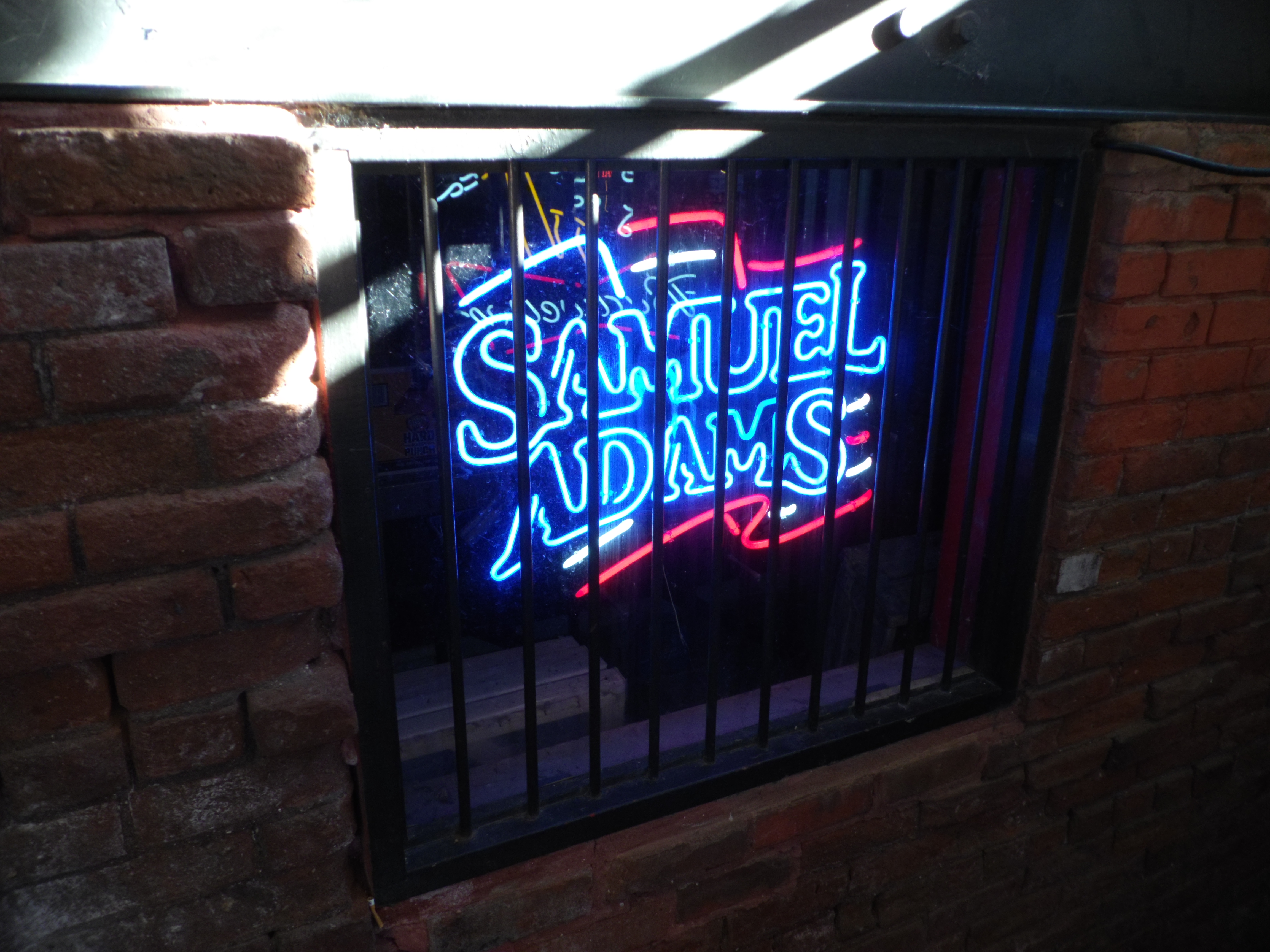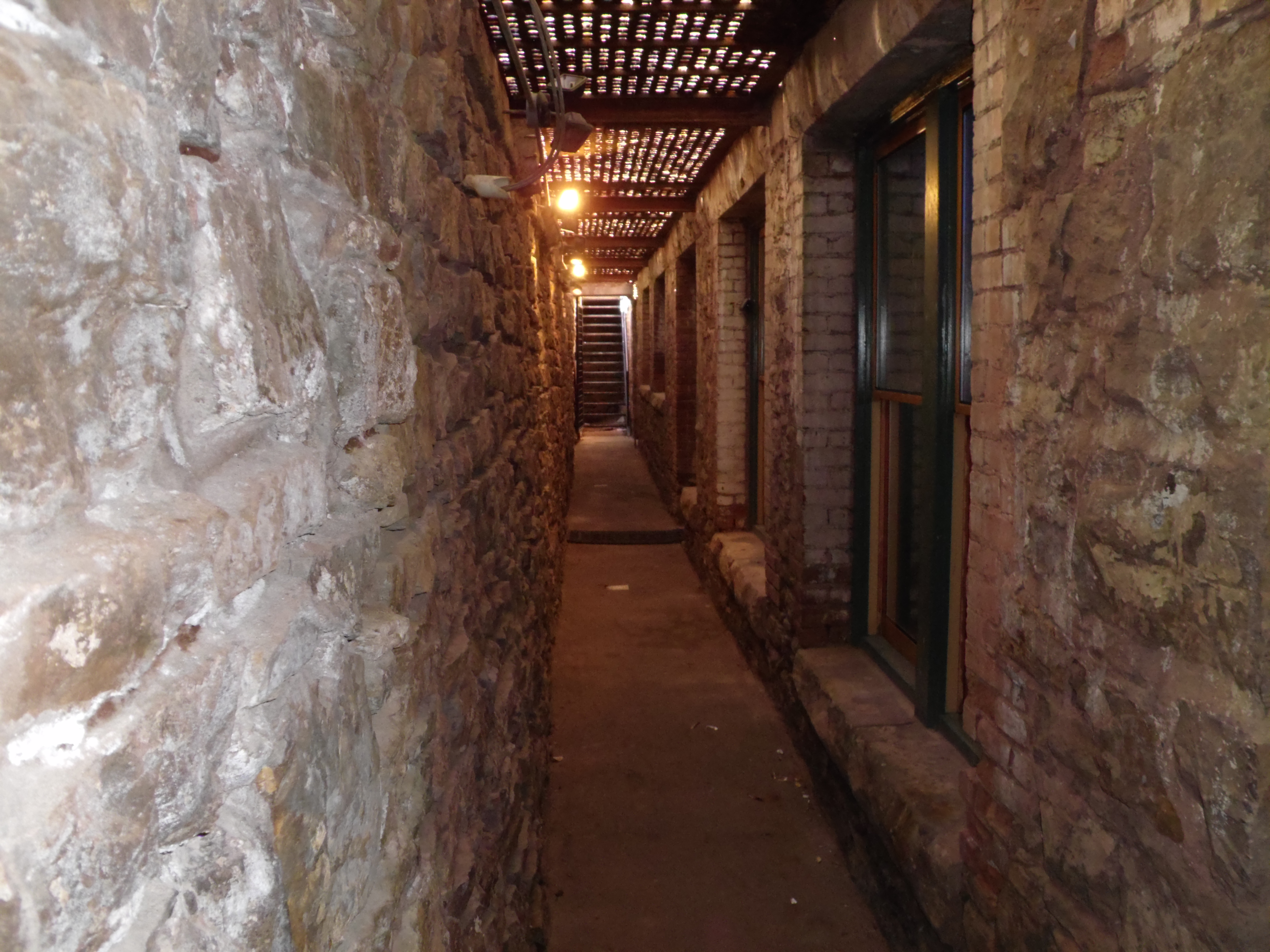Prohibition was barely noticed in Deadwood
Dakota Digest - 10/05/2011
By Jim Kent
A recent Ken Burns PBS documentary told the national story of prohibition. There are many stories about the era closer to home. Today we visit the South Dakota town with the biggest reputation for drinking to see just how prohibition impacted life and business there.
Deadwood, South Dakota - its history evokes images of wild times, booze and babes.
The nation's Prohibition era, on the other hand, calls to mind scenes of mobsters, violence and crusading U.S. Treasury agents. That may have been what life was like in Chicago or New York during Prohibition's heyday. But it doesn't reflect the federally-imposed temperance years in the Black Hills town where alcohol was king.
When the federal prohibition law passed in 1919, observes Mary Kopco, business carried on as usual in Deadwood.
Kopco is director of Deadwood's Adams Museum, which houses a vast collection of the area's historical artifacts.
"Dakota Territory became South Dakota in 1889," Kopco explains. "There was a law on the books that made alcohol illegal. But people just ignored it."
Kopco says they also ignored a second South Dakota prohibition law passed in 1917, just 2 years before the 18th amendment to the U.S. Constitution made the manufacture, transportation and sale of alcohol illegal nationwide.
"For instance, the Old Style opens in the ‘20s, and you would go there for a meal," Kopco remarks. "But then you could go into the back room and get a drink. So, it wasn't as blatant, but...again, everybody...the law enforcement knew what was going on. It just went to the back of the room."
If there's any place in Deadwood that exemplifies the ingenuity of the locals to work around the federal Prohibition law, it's the Fairmont Hotel.
"Construction was started in 1895, and was completed in 1898," Ron Russo explains. "It was built as a Victorian brothel. It didn't become a brothel, it was built as a brothel."
Russo owns the Fairmont. He takes me on a tour of the hotel, pointing out that the building's early use of electricity wasn't its only unique architectural feature.
"It was a pass-through," notes Russo. "And that pass-through would've been from the Sacramento Restaurant."
I ask Russo to explain a "pass through".
"A pass-through's to ‘pass through' some illegal substances, probably the alcohol," he explains.
Ron points to a large diamond-shaped area of a tiled wall. Tiles have obviously been replaced. They cover a hole where alcohol was once discreetly passed to employees of the then-Sacramento Restaurant - now The Oyster Bay Bar, .also owned by Ron.
Of course, this begs the question, how did the alcohol get into the Fairmont Hotel to be passed next door during the Prohibition years? Ron discovered the answer while making renovations to the building, and with the help of an old-timer by the name of Willie Steinlick.
"And Willie walked through the basement with me," Russo recalls. "And Willie showed me where the swimming pool was. And he said that they would pull in a wagon with cream containers full of alcohol. And then they would spirit them down into the basement. They'd put them in the swimming pool. I never did clarify whether the swimming pool at that time had water or not had water. Then they covered it up with a tarp."
Enter the fireman, an employee paid to keep coal burning for the furnace in the hotel basement.
"The fireman then put the alcohol into jugs that were in the floor of the basement," Russo explains. "We found that the floor did, in fact, contain 9 Red Wing jugs...5-gallon Red Wing jugs."
The alcohol was then syphoned into pint or half-pint bottles that were given to the hotel staff for sale to guests, or for "passing through" to the restaurant next-door. Girls working in the adjacent brothels - there were several - hid the bottles in the water tanks of old pull-chain style bathrooms for their clients.
The routine was similar in Deadwood's saloons - all 34 of them - until Prohibition was repealed in 1933. But through it all, Deadwood survived and thrived. Mary Kopco feels there's a reason for that.
"Everybody kind of winks when they think about Deadwood," Kopco comments. "Deadwood is South Dakota's playland. It's that naughty place that people like to go. And I think that kind of added to the protection."
In the end, Prohibition came and went without folks in Deadwood really noticing. It only changed where you drank your booze - in the back room or at the bar.
Photos (by Jim Kent)
1. A "pass-through" at the Fairmont Hotel was once used to transport alcohol to the next-door Sacramento Restaurant.
2. Cement support that once held one of 9 alcohol casks found in the basement floor of the Fairmont Hotel.
3. Storage room below sidewalk at front entrance of the Fairmont Hotel was used as a drunk tank during the Prohibition era..
4. Underground passageway running below sidewalk of the Fairmont Hotel used to bring clients to brothels and booze. l




![]()
![]()
![]()
![]()
![]()
![]()
Click here to play Real Media:









